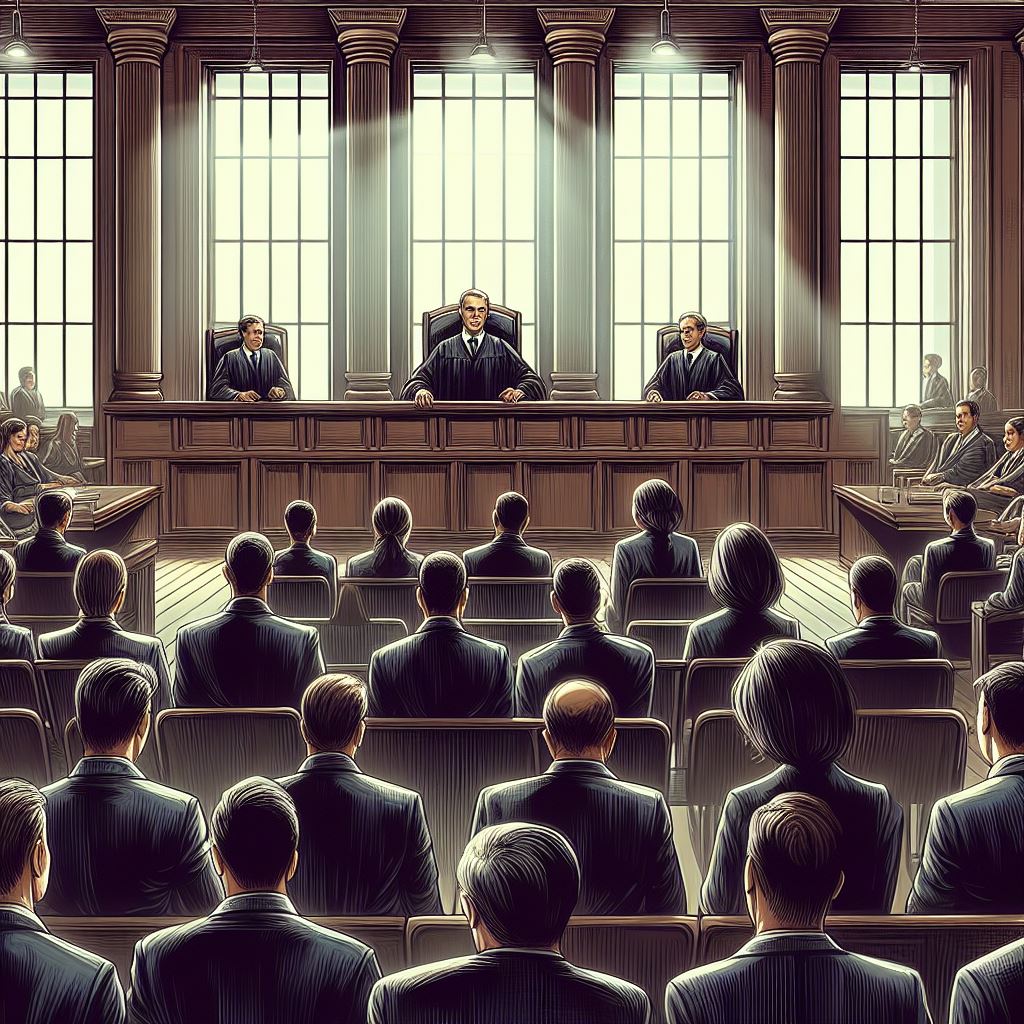Litigation can often be an expensive and time-consuming process, impacting various legal matters such as small claims lawsuits, evictions, civil suits, and injunctions against harassment. However, the Green Valley Justice Court has taken a proactive step to address these challenges through an expanded mediation program, aimed at offering an alternative resolution pathway to the litigants.
Expansion of Mediation Program
Recently, the Green Valley Justice Court has certified five staff members as mediators, collaborating with the Arizona Attorney General’s Office to equip them with the necessary skills and techniques for effective mediation. This move aims to provide individuals entering the courthouse with the option of engaging in mediation rather than immediately pursuing legal proceedings.
Empowering Parties through Mediation
Kristen Randall, the Court Administrator, highlights the essence of mediation, emphasizing that it grants control to the parties involved. Mediators facilitate conversations, foster empathy, and aid in overcoming communication barriers. Contrary to a judge’s authority, this process empowers individuals to brainstorm solutions collaboratively, fostering a more amicable and cost-effective resolution.
Mediation’s Impact on Case Resolution
The implementation of mediation has shown promising results. The court’s volunteer mediators, handling a modest number of cases previously, are now poised to tackle a larger caseload due to the rising civil case filings. In fact, out of approximately 1,100 cases filed this year, a significant portion could potentially benefit from mediation if both parties agree.
Diverse Range of Cases and Mediation Benefits
The court handles a variety of cases, including small claims lawsuits, predominantly related to credit card debts, and neighbor disputes evolving into injunctions against harassment or civil lawsuits. Through mediation, individuals may reduce fines and fees, establish feasible payment plans, and prevent lengthy legal battles, ultimately saving time and money for both the court and the parties involved.
Building Communication and Preventing Further Disputes
Randall emphasizes the importance of mediation in fostering communication, understanding, and empathy among disputing parties. The success of mediation can significantly reduce instances of recurring legal actions, such as multiple orders of protection, civil suits, or ongoing neighbor disputes. This process aims to create a space for ongoing dialogue and resolution, reducing the need for subsequent legal interventions.
Practical Implementation and Future Plans
The newly trained mediators will integrate their mediation sessions into their schedules while utilizing a designated space within the former health department complex. This space, to be furnished with vibrant yet budget-friendly furniture, aims to create a comfortable environment, diverging from the traditional courtroom setting.
Perspectives from Participants
Margarita Valle, the court office manager, after completing the mediation training, emphasizes the role of mediators in facilitating solutions rather than dictating outcomes. She anticipates observing initial mediation sessions and looks forward to the satisfaction of successfully resolving her first case.
Justice of the Peace Ray Carroll applauds the program, highlighting its value in expanding the court’s services, while Randall continues to identify cases that could potentially benefit from mediation, demonstrating the program’s ongoing relevance and importance.
In conclusion, the Green Valley Justice Court’s enhanced mediation program signifies a proactive shift toward resolving legal disputes more amicably and efficiently, ultimately benefiting the court, litigants, and the community at large.








Leave a Reply